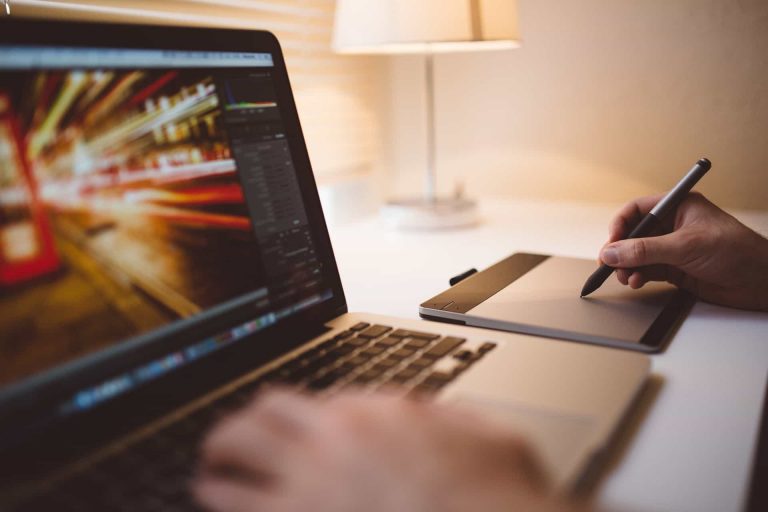Ghosts in the Attic
By Alison Turner
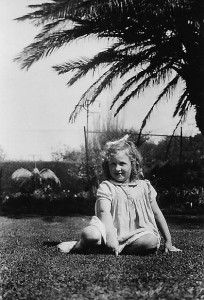
For those of us whose youth and middle age was spent in the pre-digital camera or mobile phone era, there must always come a time to get those boxes and bags filled with old photographs out of the cupboard and do something with them.
Maybe it’s moving house that brings it on (although we’re probably not the only people who packed them all up without looking at them and took them with us, in our case to a country at the other side of the world.) Maybe the house is getting over-crowded and you desperately need some more storage space. Possibly pangs of guilt niggle away at you whenever you open that cupboard and look with dismay at all those untidy, dust-covered piles of stuff.
In my case it was a combination of all these things, including, perhaps, the fact that my 70th birthday is approaching. How dreadful to leave those hideous piles for somebody else to sort through after my death.
Why did we take photographs? And why did we keep them? Or why didn’t we pick out the best ones when they came back from being printed, throw the others away and write clearly on the back of the selected few where they were taken, who was in them and when? Age and experience did get me to the point of doing that for the last few years before technology took over and photographs could just be deleted with a click.
Sorting Those Ghosts in the Attic
We started by sorting them into categories.
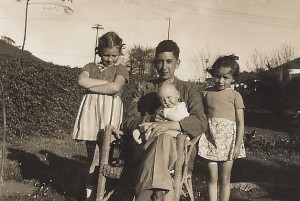
One pile consisted of snaps taken of relatives who have now died. Another was of us as children. Always black and white, and too small to see any detail clearly without a magnifying glass. They tended to be stiffly posed, a little out of focus, and, in some cases, with little sense of composition.
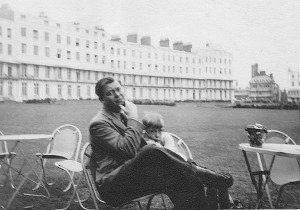
My husband’s family were better photographers and theirs tended to be more carefully composed and natural-looking. Some are very nostalgic; some quite disturbing, stirring up old feelings.
Perhaps the worst of these are old school photos – with rows of scared-looking children on their best behaviour, most of whom you can’t remember at all. You barely recognise the child in the middle row who was you.
The biggest category, for us, was pets. Hundreds and hundreds of pictures of all the animals we’ve ever owned, from the Manx cat that belonged to my husband as a child to our current pair of Siamese cats.
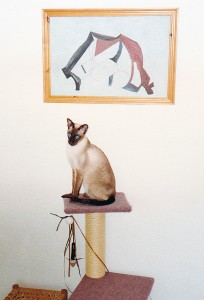
This is the time to be truly selective because you really can’t pass on to your descendants 50 pictures of the little darlings sprawled out on the bed looking cute, can you? We have pictures of them curled up in musical instrument cases, leaping from roofs, sleeping in funny positions, all curled up together in a hammock hanging from a radiator, with legs and other bits of them dangling over the edge. The ones of pets that have died bring pangs of sadness or, in the case of the two kittens we rescued and expensively nurtured and who then went out, one after the other, and committed suicide on the road, brought immediate feelings of disappointment and rage!
The biggest category for most families will be the children. We chose not to have children so have probably been saved an even harder task of selection. But we do have photographs of nephews and nieces, of great-nephews and nieces, and, heaven forbid, may one day start on the ‘great-greats’. I always assume that their own parents still have piles of these photos so it wouldn’t be the end of the world if we quietly ditched them (or at least most of them).
And then of course there are the events. Weddings, birthday meals, graduations, openings of exhibitions. Not funerals – people seem not to take photographs of these events.
I have a small collection of all those nieces’ and nephews’ weddings. They always consist of my two sisters and myself, grinning obediently when the taker said “cheese”; and wearing the strangest assortment of hats. I never seem to have photos of the actual bride and groom, probably because the person who sent them chose those photographs that included us, and uncles and aunts are not usually in the forefront of the official ones.
We seem to have taken a lot of photographs when we’ve been on holiday. Usually happy or silly, taken against a background of magnificent scenery. We’ve got whole albums full of us here in South Africa, in Italy, in Iceland, in Australia, in France, as well as on Mull and in other parts of England and Scotland. They go with the diaries I always tried obediently to keep and which are rarely taken off the shelf. Most of the pictures reflect happy times; some show somewhat forced smiles when things weren’t going quite as planned, or because indigestion had struck or maybe an argument was taking place… or after an uncomfortable night in an unfamiliar bed. Sometimes there are no smiles at all.
The list goes on and on. My husband is an artist so a great many photographs are of landscapes and objects that might make the foundation of a painting. There are pictures of houses we have lived in, gardens we’ve made, particularly splendid hanging baskets, and views from balconies.
Deciding What to Toss and What to Keep
So how do we decide what to keep, what to scan and what to throw away? Why is this photo of a mountain better than these other three of the same mountain?
Some of the decisions are quite personal: did I really look like that? How could I have got so fat! What an awful dress/trousers etc. In some of them I’m making dreadful faces – “No, don’t take that photograph now!” In several my husband scowls. There was no difficulty in discarding these.
Some of the ones we have kept showed special moments that only we would remember: in-jokes (the one with my husband wearing a bunch of bananas on his head); the process of having building work done; progressing through from before it started to the final triumphant finish, with the bottle of champagne on the table to celebrate. A few show us both together when somebody else held the camera – otherwise it’s usually one of us posing, the other snapping.
So how has the whole process been for us? We have had spurts of fascinated activity, passing them between us, laughing and remembering. We’ve had the odd spat when one of us wants to throw one out and the other doesn’t. We’ve had periods of despair when we contemplate another pile and feel that we just can’t do this any more.
For me there was a sense of pleasure in seeing the throwing away pile grow bigger, tempered with a slight feeling of panic… might we have needed any of them sometime… but when?
And of course we haven’t finished. Several bags went back into the cupboard unopened. Another lot contained ones we decided to keep, and possibly scan. But will they ever be looked at again? By us? By the family we leave behind? Will our photos take their place in a niece’s cupboard to be sorted all over again every few years with feelings of guilt and bemusement?
Photographs are snapshots of moments in time.
A second later everything began to change, leaving that pose, that expression, frozen for years and decades to come. We see them as a true reflection of the past, but that truth only lasted a second. Looking at them again drags us back into that second and arouses the deeply hidden emotions associated with it. We re-live complex feelings which bring with them new ones – nostalgia for happy times now ancient history, sadness and regret for what might have been. Bitter feelings, fears felt by our younger selves reawakened. Sometimes, pure pleasure.
So why do we keep any of them? Why don’t we fling the whole lot out without even looking at them? What is it we’re searching for? What would be that one perfect photograph that would take us back into an imagined paradise, like the wardrobe that opens up into a magical fairyland? Why do we clutch onto those childhood snapshots, keep looking at them as if we’re trying to climb back into them, start again, do it differently next time?
The past is another country. It should stay so. Let’s live in the present, in the now, instead of missing THIS moment in our nostalgic search for the impossible, in our fearful imaginings of what may be to come.


